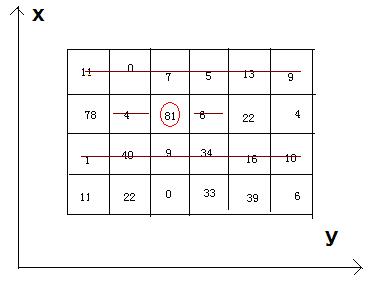
4 6 11 0 7 5 13 9 78 4 81 6 22 4 1 40 9 34 16 10 11 22 0 33 39 6
242
#include<iostream>
#include<cstdio>
#include<cstring>
#include<algorithm>
#include<limits.h>
using namespace std;
const int maxn=200020;
int n,m;
int sum[maxn],a[maxn];
int main()
{
int n,m;
while(~scanf("%d%d",&n,&m))
{
for(int i=1;i<=n;i++)
{
for(int j=1;j<=m;j++)
scanf("%d",&a[j]);
for(int j=2;j<=m;j++)
a[j]=max(a[j-2]+a[j],a[j-1]);
sum[i]=a[m];
}
for(int i=2;i<=n;i++)
sum[i]=max(sum[i-2]+sum[i],sum[i-1]);
printf("%d\n",sum[n]);
}
return 0;
}
原文:http://blog.csdn.net/u013582254/article/details/38305855